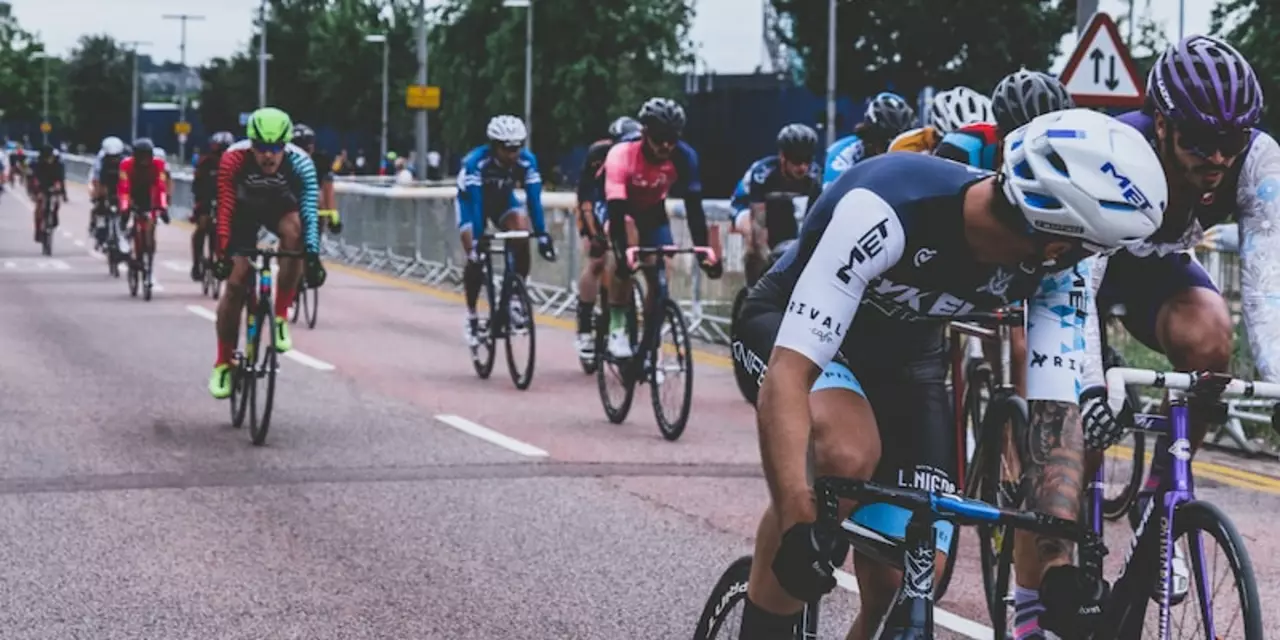SEARCH
Kilometers per hour – the plain way to see how fast you ride
Ever wonder exactly how fast you’re flying on your BMX? Knowing your km/h gives you a clear picture of progress and helps you set real goals. The good news is you don’t need a lab – just a few simple tools and a bit of know‑how.
Pick the right way to measure km/h
There are three common methods for BMX riders:
Bike computer – A small device that clips to your handlebars. It reads wheel revolutions and converts them to speed. Make sure the wheel size setting matches your tire (usually 20‑inch for BMX). Most models show both km/h and mph.
GPS phone app – Apps like Strava or MapMyRide use your phone’s GPS to calculate speed. They’re handy for tracking rides, but GPS can be spotty in tight park tracks or dense forests.
Smart trainer – If you train indoors, a trainer with a built‑in speed sensor will give you exact km/h numbers while you spin on a mat.
Choose what feels easiest for you. For street or park sessions, a bike computer is fastest to read at a glance. For longer rides, a phone app gives extra data like distance and elevation.
How to set up your speed sensor correctly
First, find the tire size on the sidewall – it will read something like 20x2.125. Enter that number into the bike computer’s menu. Next, attach the sensor to the fork or seat stay so the magnet on the spoke passes it on each wheel turn. Test it by riding a short burst; the display should jump from 0 to a realistic number, like 30 km/h.
If you use a phone app, make sure the GPS is active and give it a clear view of the sky. Let it warm up for a few seconds, then start riding. The app will automatically switch to km/h if you set the unit in the settings.
Once you have a reliable readout, start noting your average speed on different tracks. Do you hit 35 km/h on a flat stretch? 20 km/h on a technical line? These numbers become benchmarks for improvement.
Simple tricks to raise your km/h
Pedal smoother – Instead of grinding hard, focus on even, circular pedal strokes. A smooth rhythm keeps the wheel turning faster without draining energy.
Gear up – BMX bikes have a single gear, but you can change the chainring or rear sprocket. A slightly larger chainring will raise top speed, but you’ll need more effort to start. Experiment in a safe area to find the sweet spot.
Lower your center of gravity – Bend your elbows and knees more when you ride fast. This reduces wind resistance and lets you accelerate quicker.
Practice the push‑off – The first few seconds set your speed. Use a strong, explosive push‑off off the ground, then settle into your rhythm.
Maintain your bike – Clean the drivetrain, keep the tires inflated, and check for loose bolts. A well‑tuned bike rolls easier, which translates directly to higher km/h.
Track these changes. If you notice your average speed climbing from 30 km/h to 34 km/h after a gear swap, you’ve found a win.
Remember, km/h is just a number. Use it to push yourself, but enjoy the ride. Keep testing, tweak little things, and watch your speed rise. Happy pedaling!

What speed do Tour de France cyclists average?
The Tour de France is an annual multiple stage bicycle race held in France, and considered to be one of the most prestigious races in the world. The average speed of cyclists during the Tour de France is between 25 and 28 kilometers per hour (15.5 to 17.4 miles per hour). This is faster than the average speed of a recreational cyclist, which is usually around 18 kilometers per hour (11.2 miles per hour).
Continue reading